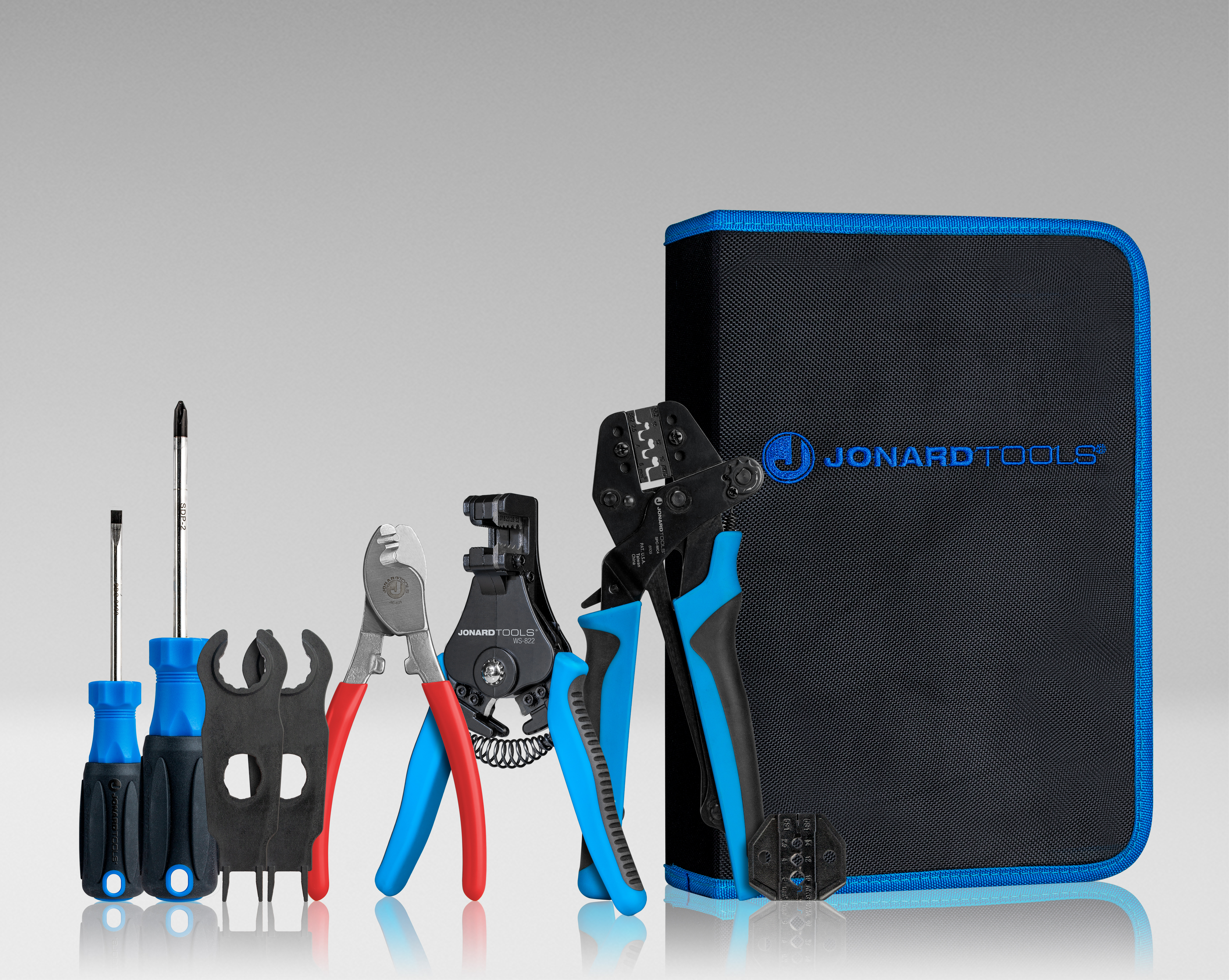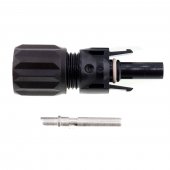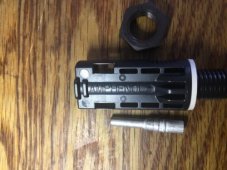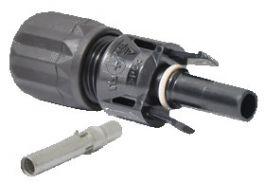I was installing the panels to replace bad ones in an existing array. Sure, could make a transition and continue in MC4. But I've got over 100 panels (of two brands) with MC3 in a number of arrays. MC4 for another brand.
I like MC3 better, seems higher quality than rolled sheetmetal contacts.
I haven't found the boot stretcher for sale, but found a forum talking about it and a link to one in use:
I find many strip & crimp kits but no boot expanders. Didn't know they existed. Thanks for the tip!
Discontinued - Superseded by SPK-100 The Jonard Tools SPK-90 Solar Panel Crimping Tool Kit is designed to facilitate the installation and maintenance of solar panels. It includes a variety tools to make installing and maintaining solar panels quick and easy. This crimping tool kit includes the...

jonard.com








